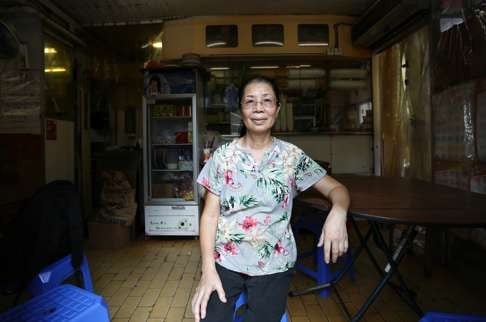
Hongkongers keep community spirit alive as bulldozers move in
To Kwa Wan is old and crumbling, but to the people who live there it's home, and as large-scale urban renewal transforms the area some are striving to preserve its spirit and its stories

Retired primary school teacher Sara Yau Wan-sin, better known to customers as Mrs Kwok, runs a cha chaan teng in To Kwa Wan with her husband. Chee Mei Ho Sik Centre, on Chun Tin Street, may be small, but it’s a much-loved haven among local residents.
Most of Yau’s customers in the ageing Kowloon East neighbourhood are regulars, and she knows them by name, engaging in small talk as they come and go. Five Pakistanis who live nearby visit every day for the Hong Kong tea shop’s signature milk tea, because it reminds them of a popular drink back in Pakistan. A customer who has no small change is told to pay the next time he drops by.

Part of the area’s charm is its scarcity of cookie-cutter shopping malls, chain stores and restaurants. Most shops in To Kwa Wan are small, family-run businesses.
Some of its old industrial buildings are occupied by traditional craft workshops, hardware stores, car mechanics and small manufacturing businesses that have been tenants since the 1950s. A small number have been renovated by operators of gold and jewellery businesses, all providing employment for the local community.
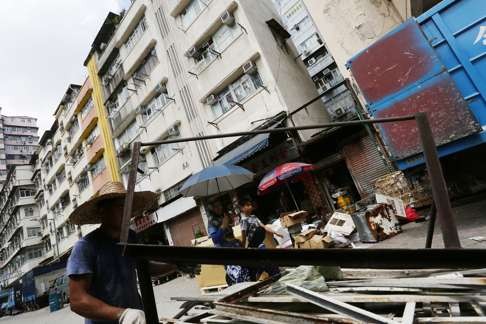
To Kwa Wan and its surroundings were little more than scattered villages until the 1950s, when low-density factories and residential buildings sprung from the seeds of Hong Kong’s manufacturing boom.
Since the 1980s, however, when industry moved to China, there has been little new development in the crumbling, long-neglected area, where most buildings are over 50 years old. In 2010, a dilapidated building in Ma Tau Wai Road collapsed during work on an illegal ground-floor structure. Four people died in the incident, which happened just around the corner from Yau’s cha chaan teng.
The URA has a total of 15 projects planned for Ma Tau Kok, Hung Hom and To Kwa Wan – all administratively part of Kowloon City district – bundled in an ambitious HK$10 billion renewal plan.
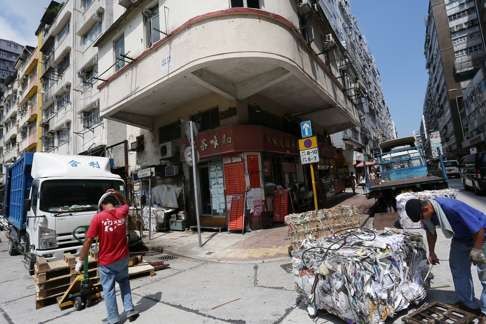
The Transport Department plans to scale back or axe cheaper double-decker and minibus services once the line is in operation.
In the face of local objections to the redevelopment plan, the URA has promised to take a “district-based renewal approach” to better maintain the urban fabric of To Kwa Wan, which is already experiencing signs of gentrification. Rising rents are wiping small family-owned restaurants and businesses off the map; tenants of subdivided flats have reportedly returned home to find their front doors locked, the owners having sold the properties to developers.
Some residents are committed to keeping the neighbourly spirit of To Kwa Wan alive, in the form of the House of To Kwa Wan Stories, also known as ToHome.
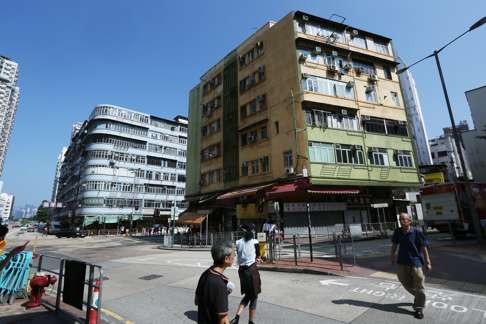
For the past two years, the group has been engaged in community building based on the Japanese concept of machizukuri – which means taking a bottom-up approach to shaping the development of a neighbourhood. Local residents are the main stakeholders, rather than traditional decision-makers such as the authorities, property developers or scholars.
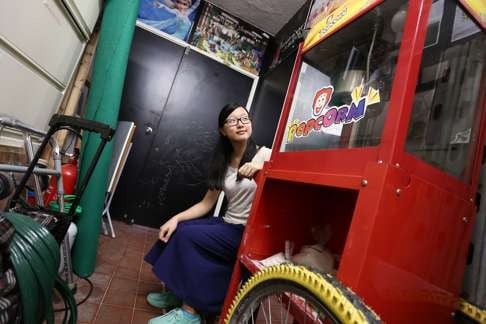
The local economy is another consideration, including factors such as the survival of small businesses and shops, job opportunities for residents and shared resources.
Another way ToHome engages the community in the machizukuri way is through arts and cultural initiatives, such as the To Kwa Wan Community Builder Scheme, in which volunteers conduct outreach and document the lives of residents through art and photographs. The scheme is entering its second year, and volunteers are hoping that more residents will become involved.
One challenge in strengthening a close-knit community in To Kwa Wan stems from its racial and cultural diversity. The grass-roots neighbourhood is home to many ethnic minorities and new immigrants, attracted by relatively affordable rent and job opportunities. However, ethnic stereotyping and language barriers have been known to raise tensions.
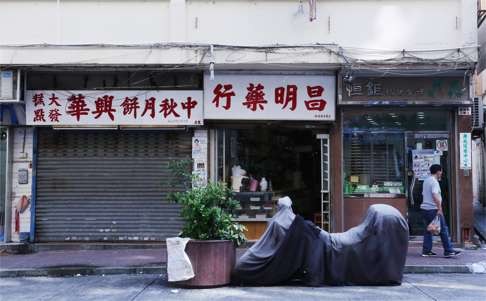
“Art provides a space for people to express themselves. And we really hope that the workshops give residents from different backgrounds a chance to communicate. That’s why we hold activities such as storytelling and a human library, where people read one another like a book. This helps them understand where each of us comes from, foster empathy and resolve any misunderstandings.”
One activity is a regular Urdu class taught by a Pakistani immigrant. She started the lessons in the hope of improving neighbourly relations.
The community envisioned by ToHome may sound idealistic, but the group is not out of touch with reality. Knowing that most members of the community in To Kwa Wan are working class and struggling to get by, with little time for artistic endeavours, the group of 70 or so volunteers also offers basic practical assistance through an initiative called Fixing Hong Kong.
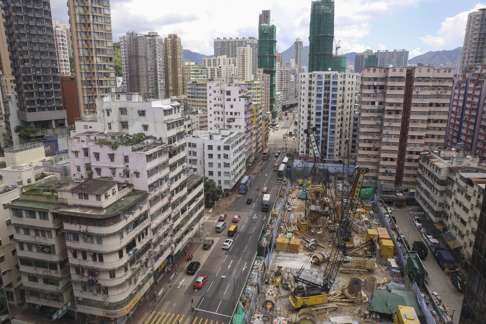
As their reputation grows, so does the number of requests for help. As word spreads, the team has amassed a growing number of members keen to contribute whatever skills they possess.
Cultivating a community is a long and slow process. Although the work of ToHome is bearing fruit, the group is also in a race against time and will soon be put to the test. Just as the neighbourhood faces the uncertainties of looming revitalisation, so does ToHome.
Hung Fook Street, where ToHome is based, is within the URA’s redevelopment zone, although its residents and businesses are still awaiting notice of its date with the wrecking ball.
The volunteers know there is every chance that whatever work they have been doing will be rendered null and void as residents are displaced to other areas, but Chan has faith that their efforts can snowball and that – despite the odds – they can battle gentrification and preserve the community.
“We really hope that in the end, every single resident’s voice can be heard. Because they are the only ones who know what this community needs and how it can change for the better.”